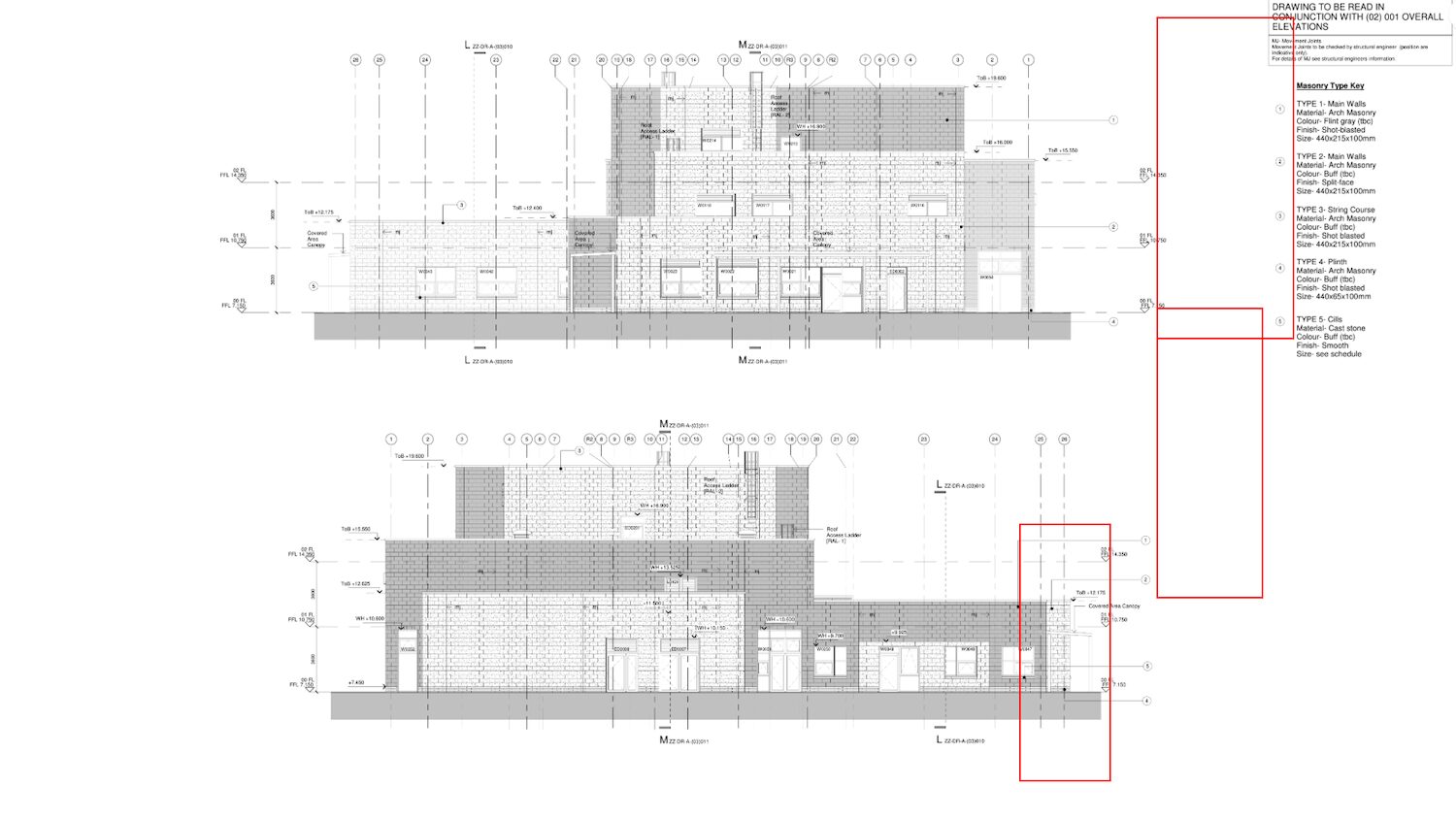
Digital Construction Power Players 2025: part 1
Who’s influencing the development and direction of digital construction? Welcome to the inaugural edition of Digital Construction Power Players.
Welcome to the first Digital Construction Power Players, an informal ranking of the 20 people and organisations we believe have the most influence and exert the most control over the digital construction sector.
You may have heard of some of those on the list, some you may not. Some make the list because they exert power themselves, others because the organisations they lead have power. A handful are on the list because they represent a sector or movement that has power.
What they all have in common is a direct influence over digital construction.
We’ll publish Power Players in four parts: part one today, part two tomorrow (Friday 23 May) and parts three and four next week. Here are the first five, in alphabetical order.
Andrew Anagnost, president and CEO, Autodesk

You can’t talk power and influence in digital construction without referring to Autodesk and its position in the market. Here, Autodesk represents not just itself, but all major software vendors.
We can’t cope without technology – software and hardware – but it must do the job that it promises on the box and software suites and platforms need to have interoperability at their core (last year, Autodesk and Nemetschek entered into an interoperability agreement). To repeat a well-worn phrase, technology should be the slave, not the master.
And to represent Autodesk on this list, we’ve chosen its president and CEO Andrew Anagnost. A graduate of both California State University and Stanford University, he joined Autodesk in 1997, managing third-party applications for the developer’s mechanical design software. He rose consistently through the ranks, becoming co-CEO in 2017; later that year, he became sole CEO and president.
Justin Anderson, director, Digital Twin Hub

Digital twins are an important concept as well as a much-debated one. The digital twin concept was one of the digital construction community’s hot potatoes until the ChatGPT eruption of 2.5 years sent AI rocketing up everyone’s agenda.
The definition of a digital twin has been keenly argued and, notwithstanding that we have a standard that offers a formal definition of a digital twin, that argument will continue at Digital Construction Week with the ‘Digital twin or bin’ session. Indeed, the debate about the definition has probably gained more coverage than the challenges of making digital twins work and demonstrating their benefits.
And now there’s the smart building sector drawing further attention away. But those committed to digital twins continue to work on them and the vision of a connected network of digital twins of nationally significant infrastructure is one that needs to be realised.
To represent twins and that vision, we’ve picked Justin Anderson, director of the Digital Twin Hub. The hub was established in 2020 by the Centre for Digital Built Britain and is a knowledge-sharing community across industry, academia and the public sector. Housed at Connected Places Catapult since 2021, its network helps to identify good practice, produce guidance and shape standards on data sharing, as well as accelerating the journey towards the vision of connected digital twins.
Su Butcher

Digital Construction Champion of the Year 2023, Su Butcher has worn many hats in her time, but we’re nominating her here for a handful in particular.
First, her role as project manager at the Plain Language Group, where she’s not only helping to drive digital adoption among the huge number of SME construction product manufacturers, but also representing them to the other stakeholders. The digital product passport journey will be a huge challenge for SME manufacturers, and Butcher’s keen to remind everyone that we won’t get far without them.
Second, she’s a great mediator and enables collaboration across sectors and supply chains: witness her work with the Apollo Protocol, helping to foster collaboration between digital twin advocates in different sectors, and the BIM for Housing Associations Toolkit.
Third, on LinkedIn, she is a champion for more ethical behaviour in construction and maintains a critical eye on post-Grenfell transformation, both within the industry and the government.
James Daniel, head of digital engineering, HS2 Ltd

Whatever the politics or the cost (financial and environmental), we can’t ignore HS2’s role as a catalyst for transformation and innovation of construction technology. We’ve selected HS2 Ltd’s James Daniel to represent the megaproject.
Whether it’s from the contractors and their supply chains working on the distinct parts of the project, or HS2’s digital team and the innovation incubation team, best practice in terms of both process and technology is abundant. Since their inception in 2022, the Digital Construction Awards have featured half a dozen HS2-related entries on the shortlists each year.
And the learnings aren’t only shared via awards and presentations at events: HS2 hosts a learning legacy website where anyone can find out what’s worked across all aspects of the project.
The curtailment of HS2’s ambitions was a bitter pill and embarrassing for UK plc, but we hope that all those involved in the project will take the best practice and innovations on to their next projects.
John Ford, head of BIM and digital delivery, Galliford Try

John Ford is an acknowledged expert: he’s been doing BIM and information management for 21 years, starting with stints at Costain and Carillion before his current tenure at Galliford Try. But we’ve not selected him for the great work he’s done for his employers, rather it’s for his extracurricular activities that have made and continue to make a demonstrable difference to the entire sector.
He was involved in both the UK BIM Alliance and the Centre for Digital Built Britain into the early noughties. He has played a key role in buildingSmart UK & Ireland and, for nearly seven years, has been involved in standards development at the BSI (most recently taking charge of the revisions to the design management systems guide, BS 7000-4).
Then last year, Ford and his team developed a suite of educational and practical information management resources for the contractor’s supply chain working on its Department for Education (DfE) contracts. The DfE subsequently endorsed the work and Galliford Try made these resources available to all parties involved in DfE work. Your client endorsing your work: that’s power.
Keep up to date with DC+: sign up for the midweek newsletter.



